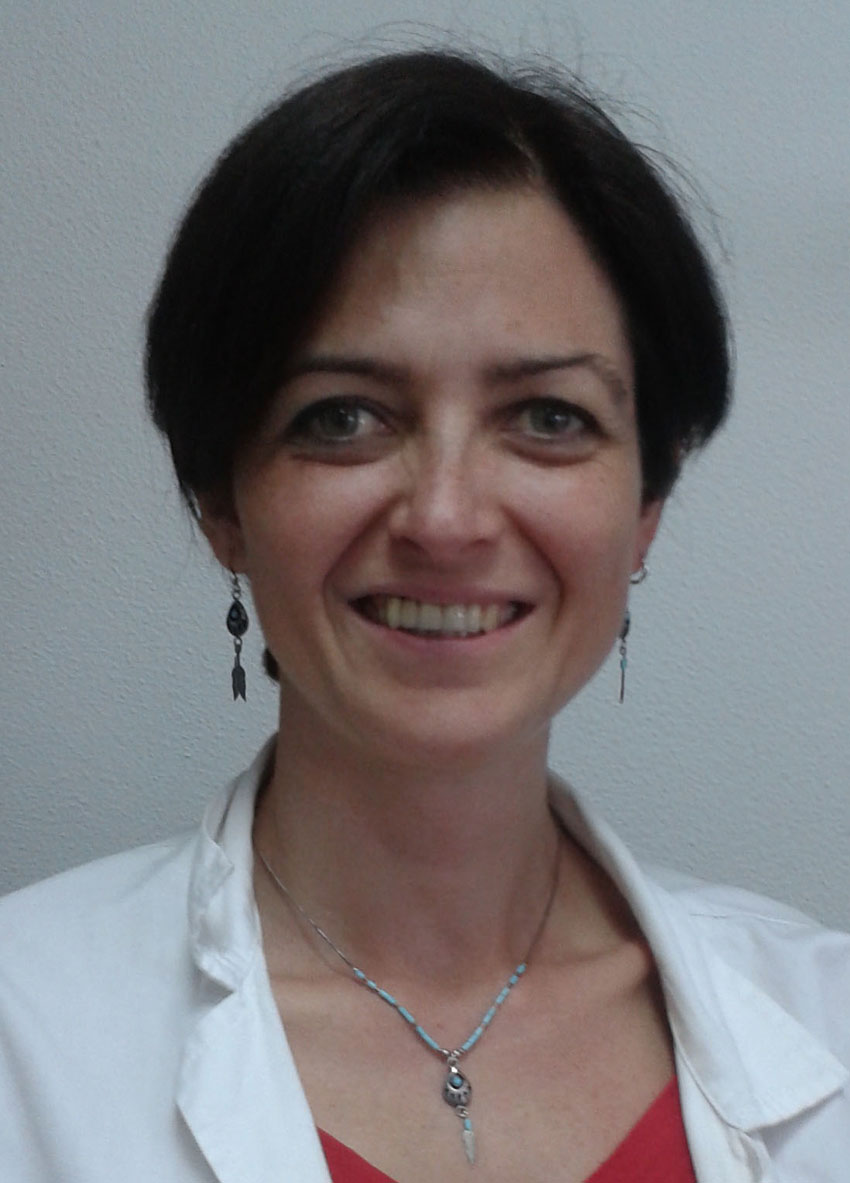2025 AOCS Annual Meeting & Expo.
Analytical
The role of GCxGC in oils&fats analysis

Giorgia Purcaro, PhD (she/her/hers)
Full professor
University of Liege
Gembloux, Namur, Belgium
Presenting Author(s)
Comprehensive 2D gas chromatography (GC×GC), developed by Phillips in 1991, is one of the most significant advancements in gas chromatography. Its main advantages lie in the ability to simultaneously perform detailed and sensitive targeted and untargeted profiling of samples. Moreover, it can simplify the sample preparation step and provide new insight into even “well-known” samples. Today, GC×GC is considered a mature technique, but it still encounters resistance for routine food control applications. GC×GC has proven invaluable in assessing the quality, authenticity, and safety of food. To illustrate its capabilities, a series of case studies in the field of oils and fats analysis will be discussed. In particular, besides the contribution of GC×GC in elucidating the mineral oil hydrocarbon contamination, GC×GC has been proven successful in more routine applications such as characterizing complex fatty acid profiles, and for the assessment of food quality and authenticity of high-value oils, such as olive oil. Either using the volatile or the minor compounds' chromatographic fingerprints, GC×GC can unveil the quality and authenticity of the oils.

.png)